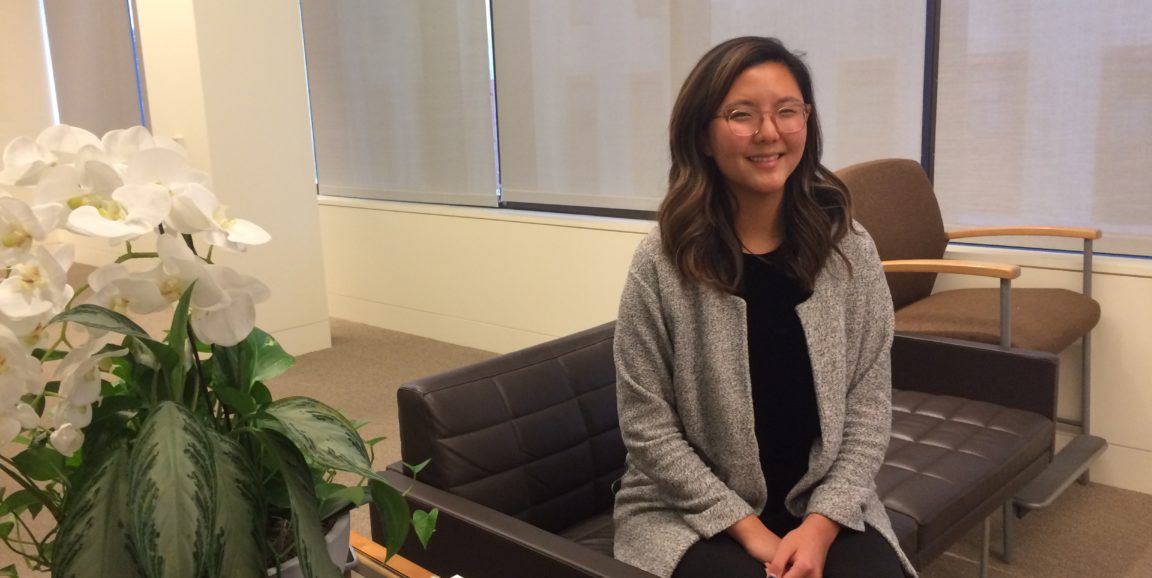Toward the end of her freshman year at New York University, Isabelle Yi realized that her chosen major, communications, wasn't working out. She didn't like to write -- a big drawback when most of her assignments involved, well, writing.
She thought back to a decade earlier, when she'd missed much of the third grade because of an arteriovenous malformation, or AVM, requiring her to undergo several procedures at Stanford Hospital and spend several days recovering at Lucile Packard Children's Hospital Stanford.
"I remember feeling very cared for as a patient," she said.
Yi decided she wanted to do that for others, so she switched her focus to nursing. She never regretted the decision: "It was a tough major, but I loved it."
Growing up in San Jose, Yi began experiencing severe headaches, nausea and vision problems at age 9. She was referred to Stanford Medicine, where she underwent imaging that showed an AVM, a tangle of blood vessels she was likely born with. The AVM had led to weakening of the vessels and a hemorrhage, causing her symptoms.
Radiologist Michael Marks, MD, now an emeritus professor, treated Yi by threading a catheter from her groin into her brain, then injecting "a kind of crazy glue" into blood vessels to isolate the AVM. After several of these procedures, Stanford surgeons temporarily removed part of her skull, excised the AVM and then replaced the skull piece. Her long, black hair now hides the scar, behind her left ear.
When Yi looks back on the days she spent recovering, she thinks of them mostly with fondness: Having part of her head shaved for the surgery was one of the few traumas she remembers.
"The whole thing wasn't miserable or difficult," she said. "I never felt afraid. I felt: 'These are the doctors and nurses, and they're going to make me feel better'."
There were benefits, including visits and gifts from family members and friends: "My stuffed animal collection at the end of the year was insane," Yi said.
After graduating from NYU and moving back to the Bay Area, Yi worried about landing a nursing job, but then learned about Stanford Health Care's program for new nurses. "In my cover letter, I wrote that I was inspired to become a nurse by being a patient there."
At the interview for the job, she was asked which department she'd like to work in, and she named neurosurgery. When she was hired to work with patients recovering from procedures like the one she'd undergone, Yi said, "It was a dream come true."
"It was really easy to connect with the patients," she said. "I could tell them I went through the same thing. It helped me build a relationship with them."
After a few years on the neurosurgery unit, Yi moved into a job as a nurse coordinator in neurology. She now educates patients with movement disorders and coordinates their care.
Yi's AVM symptoms are long gone, but a few years ago she reconnected with Marks at a follow-up visit to make sure she was still fine. She was.
"She's come through this in very good neurological shape," Marks said. "It was very gratifying to see a patient we had treated many years ago to be doing so well."
Photo by Mandy Erickson




